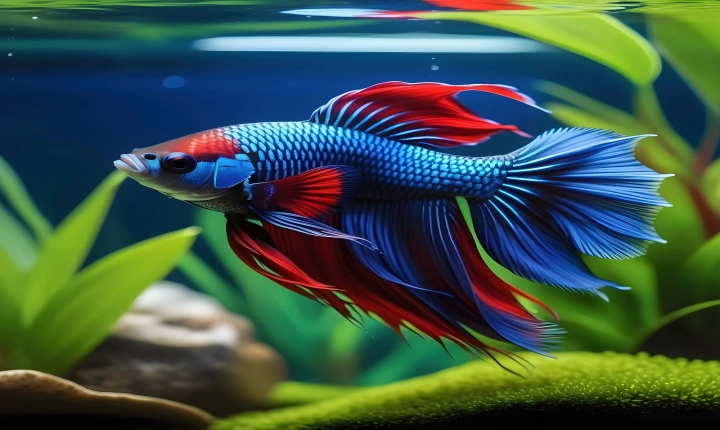Title: The Future of 3D Modeling: Generating Models with AI
As technology continues to advance at a rapid pace, artificial intelligence (AI) is becoming increasingly integrated into various industries, including the field of 3D modeling. AI has the potential to revolutionize the way 3D models are created, providing innovative solutions for designers and artists. In this article, we will explore how AI is being used to generate 3D models and the potential implications for the future of design and creativity.
AI-powered 3D modeling involves the use of machine learning algorithms to analyze and interpret data in order to generate 3D models. These models can range from architectural designs and industrial prototypes to characters for video games and animations. By leveraging the power of AI, designers and artists can streamline the modeling process, reduce manual labor, and explore a wider range of creative possibilities.
One of the key advantages of using AI for 3D modeling is its ability to generate models based on extensive datasets and patterns. Traditional 3D modeling often requires manual input and manipulation of vertices, edges, and faces to create complex shapes and structures. However, AI can analyze large datasets of 3D models and learn from them to automatically generate new models with similar characteristics. This not only saves time but also opens up new possibilities for designing unique and detailed 3D models.
Another crucial aspect of AI-powered 3D modeling is its potential for automation and optimization. AI algorithms can be trained to recognize structural elements and design patterns, allowing them to generate 3D models efficiently and accurately. This automation can be particularly beneficial for industries such as architecture, engineering, and manufacturing, where precise and detailed 3D models are essential for planning and production.
Furthermore, AI can assist in creating 3D models that align with specific design constraints and requirements. For example, in architecture, AI can generate building designs that adhere to local building codes, zoning regulations, and environmental considerations. In product design, AI can optimize the shapes and dimensions of 3D models based on functional and ergonomic criteria. This capability ensures that AI-generated 3D models not only meet aesthetic standards but also comply with practical and functional specifications.
As AI continues to evolve, we can expect even more advanced applications for 3D modeling. For instance, AI algorithms can be trained to understand artistic styles and design preferences, allowing them to generate 3D models that reflect specific aesthetics and visual languages. This could be particularly valuable in creative industries such as animation, where AI-generated character models could seamlessly integrate with stylistic preferences and storytelling requirements.
Despite the numerous benefits of AI-powered 3D modeling, some concerns and challenges need to be addressed. For instance, the ethical implications of AI-generated 3D models, including issues related to intellectual property, originality, and accountability, require careful consideration. Additionally, ensuring that AI-generated models meet quality standards and are compatible with existing design workflows will be essential for widespread adoption.
In conclusion, the integration of AI into 3D modeling represents a significant advancement in design technology. AI-powered 3D modeling offers a powerful combination of automation, optimization, and creativity, transforming the way designers and artists approach the creation of 3D models. As AI continues to mature, we can anticipate a future where 3D models are not just designed but also generated with the assistance of intelligent algorithms, offering new opportunities for innovation and expression in the world of 3D design.
